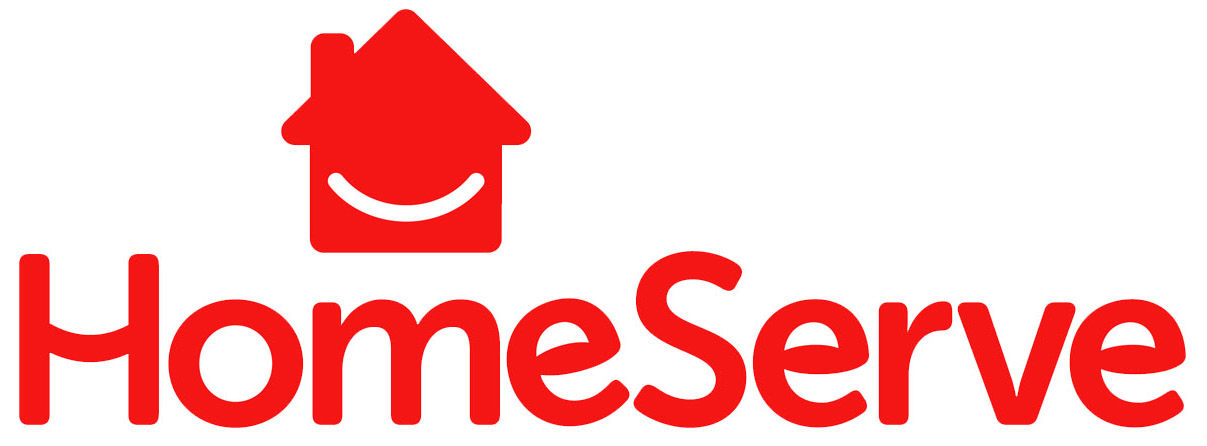The Safe Drinking Water Act (SDWA) Section 1417 established the definition for “lead free” as a weighted average of 0.25% lead calculated across the wetted surfaces of a pipe, pipe fitting, plumbing fitting, and fixture and 0.2% lead for solder and flux. The Act also provides a methodology for calculating the weighted average of wetted surfaces.
In 2021, Congress is considering sending up to $55 billion to cities across the country, in part funding the removal of lead water pipes and service lines from local communities. The administrative, scheduling and managerial burdens entailed in removing those pipes can seem overwhelming, to say nothing of removing the actual pipes themselves. The NLC Service Line Warranty Program by HomeServe stands ready to handle all aspects of cities’ lead pipe removal, providing a turnkey solution with the service delivery platform, dispatch technology and contractor network to help alleviate this burden from your city.

